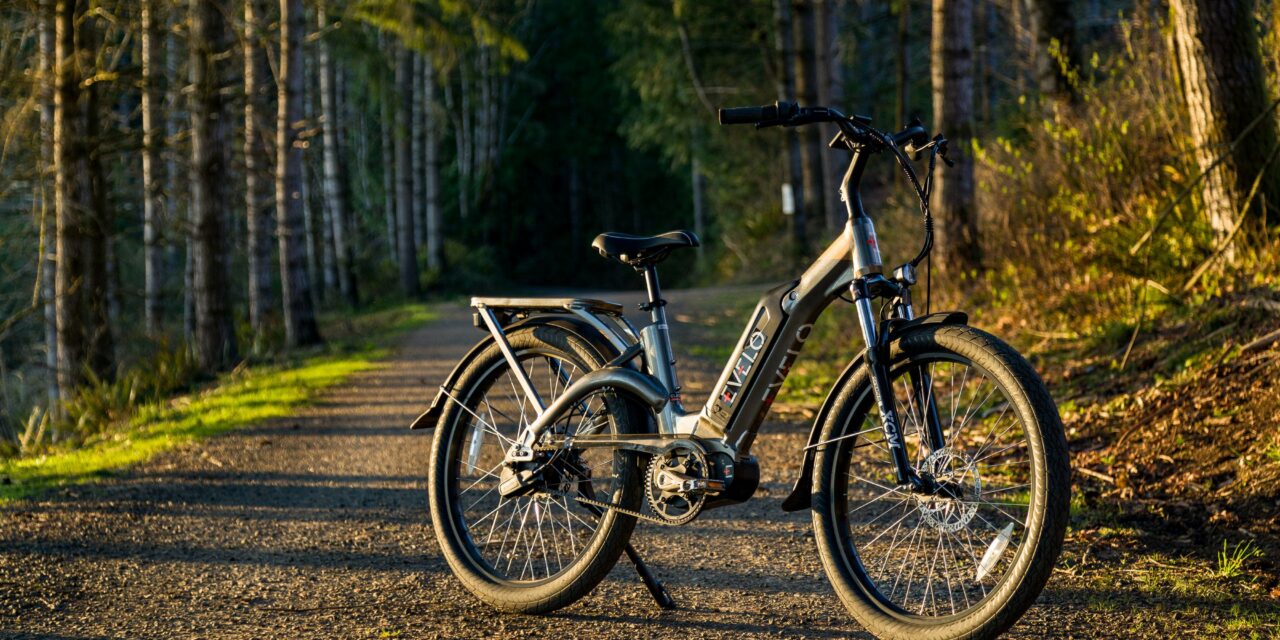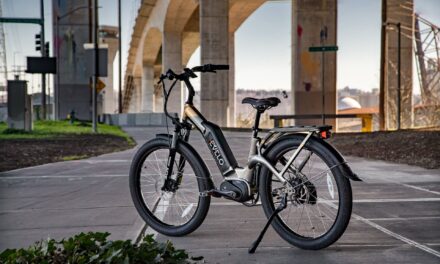Electric bikes (e-bikes) have transformed urban mobility, offering an eco-friendly, efficient, and enjoyable way to travel. As technology advances, more powerful e-bikes with robust batteries and motors are hitting the market. While they promise enhanced performance, it’s essential to consider their advantages and drawbacks.
The Advantages of More Powerful E-Bikes
1. Increased Range
- Longer Distances: More powerful batteries mean longer range, allowing riders to travel further without needing a recharge. This is particularly beneficial for long commutes or leisure rides.
2. Better Hill Climbing
- Ease of Ascending: Stronger motors provide more torque, making it easier to climb hills and navigate rough terrain, a significant advantage for those living in hilly areas.
3. Higher Speeds
- Faster Travel: With more power, e-bikes can achieve higher top speeds, reducing commute times and making them a more viable alternative to traditional vehicles.
4. Improved Load Carrying
- Carry More: Enhanced power means the ability to carry additional weight with ease, be it groceries, gear, or even a child in a bike seat.
The Drawbacks of More Powerful E-Bikes
1. Increased Weight
- Heavier to Handle: More powerful batteries and motors add weight, making the bike heavier and potentially more challenging to maneuver, especially when not powered.
2. Higher Costs
- Expensive Technology: Enhanced power comes with a higher price tag. The initial investment and potential maintenance costs can be significant.
3. Reduced Simplicity and Reliability
- Complex Mechanics: More powerful systems can be more complex, potentially leading to reliability issues and more complicated maintenance.
4. Battery Charging and Lifespan
- Longer Charging Times: Larger batteries may take longer to charge fully. Also, the lifespan of a battery could be impacted by the frequent high-power demands.
5. Regulatory and Safety Concerns
- Regulations: Higher speeds and power might subject e-bikes to different regulations, including licensing in some regions.
- Safety: Higher speeds necessitate better braking systems and can lead to increased risk of accidents, especially for inexperienced riders.
Conclusion
More powerful e-bikes offer exciting possibilities for enhancing range, speed, and overall performance. However, they also come with challenges such as increased weight, cost, complexity, and potential regulatory issues. As the technology continues to evolve, it’s crucial for potential e-bike buyers to weigh these pros and cons against their personal needs and local regulations. Ultimately, the choice of an e-bike should align with one’s lifestyle, budget, and usage requirements, ensuring a balance between power, practicality, and safety.





